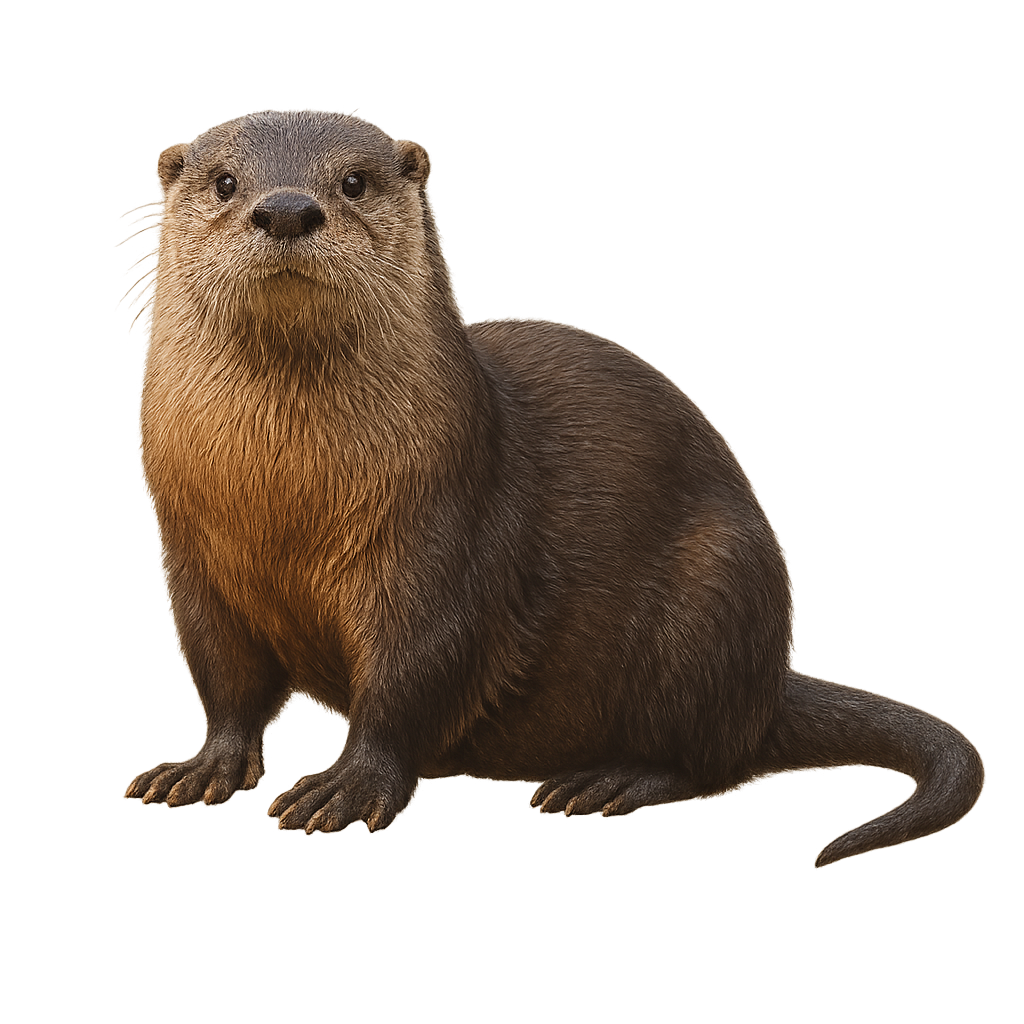Your wildlife photography guide.
Explore the north american river otter in detail, study its behavior, prepare your shots.
Where to observe and photograph the north american river otter in the wild
Learn where and when to spot the north american river otter in the wild, how to identify the species based on distinctive features, and what natural environments it inhabits. The WildlifePhotographer app offers tailored photography tips that reflect the north american river otter’s behavior, helping you capture better wildlife images. Explore the full species profile for key information including description, habitat, active periods, and approach techniques.
North American River Otter
Scientific name: Lutra canadensis

IUCN Status: Least Concern
Family: MUSTELIDAE
Group: Mammals
Sensitivity to human approach: Suspicious
Minimum approach distance: 10 m
Rut period: March to April
Gestation: 61-63 jours
Births: February to April
Habitat:
Rivers, lakes, marshes
Activity period :
Mainly active at night, generally discreet during the day.
Identification and description:
The North American River Otter, or Lutra canadensis, is a semi-aquatic mammal belonging to the Mustelidae family. It is recognizable by its streamlined body, webbed feet, and muscular tail. Its thick, waterproof fur ranges from dark brown to silvery gray. Measuring between 90 and 135 cm, it typically weighs 5 to 14 kg. Adapted to aquatic life, it is an agile and fast swimmer. It primarily feeds on fish, but also consumes crustaceans, amphibians, and small mammals. The river otter is a social animal, often observed in family groups. It plays a crucial role in the ecosystem by regulating fish populations and maintaining the health of waterways.
Recommended lens:
400 mm – adjust based on distance, desired framing (portrait or habitat), and approach conditions.
Photography tips:
To photograph the river otter, focus on twilight hours when it is most active. Use a telephoto lens of at least 400mm to capture detailed images from a distance. Be patient and discreet, as the otter is suspicious. Look for signs of its presence, such as slides on riverbanks or remnants of meals. A tripod can be helpful to stabilize your camera in low-light conditions.
The WildlifePhotographer App is coming soon!
Be the first to explore the best nature spots, track rutting seasons, log your observations, and observe more wildlife.
Already 1 432 wildlife lovers subscribed worldwide

